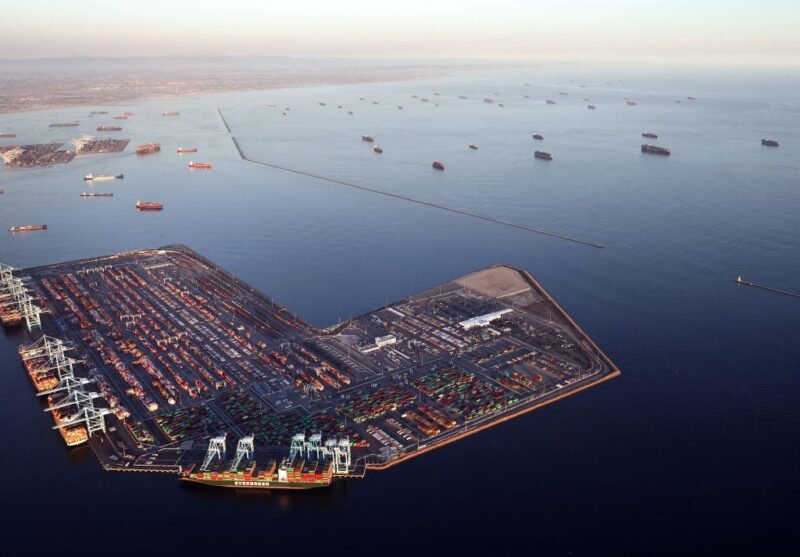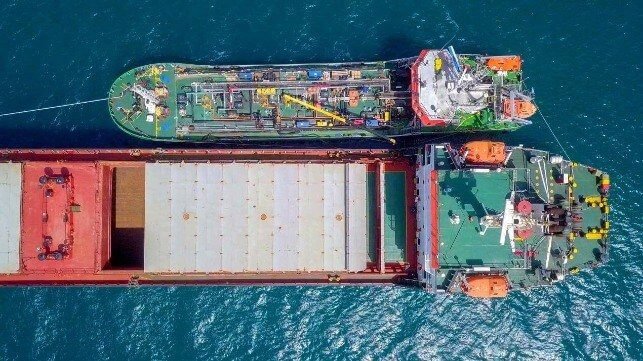Researchers at UC Santa Barbara have found that implementing new digital systems for oceangoing container ships can reduce greenhouse gas (GHG) emissions by 16-24%. This straightforward solution utilizes existing, cost-effective technology. Rachel Rhodes, a project scientist at the Benioff Ocean Science Laboratory, emphasizes that cutting CO₂ emissions is crucial for combating climate change, prompting scientists to explore various sectors for improvement.
The maritime shipping industry, responsible for about 3% of global GHG emissions—comparable to aviation—is a significant candidate for reduction, especially as globalization continues to rise. Currently, many ports employ an outdated “first come, first served” berthing system, leading to congestion. For instance, during normal operations at the Ports of Los Angeles and Long Beach, 0-4 vessels may wait, but this can balloon to around 100 during disruptions like the COVID-19 pandemic.
To address this, industry stakeholders quickly developed a new electronic queueing system to streamline operations. Instead of racing to the port, ships now secure their place in line based on their departure time from the previous port, akin to making a restaurant reservation. This change allows vessels to travel more slowly, potentially burning less fuel and emitting fewer GHGs. The system not only alleviates congestion but also offers an opportunity for significant emissions reduction.


















